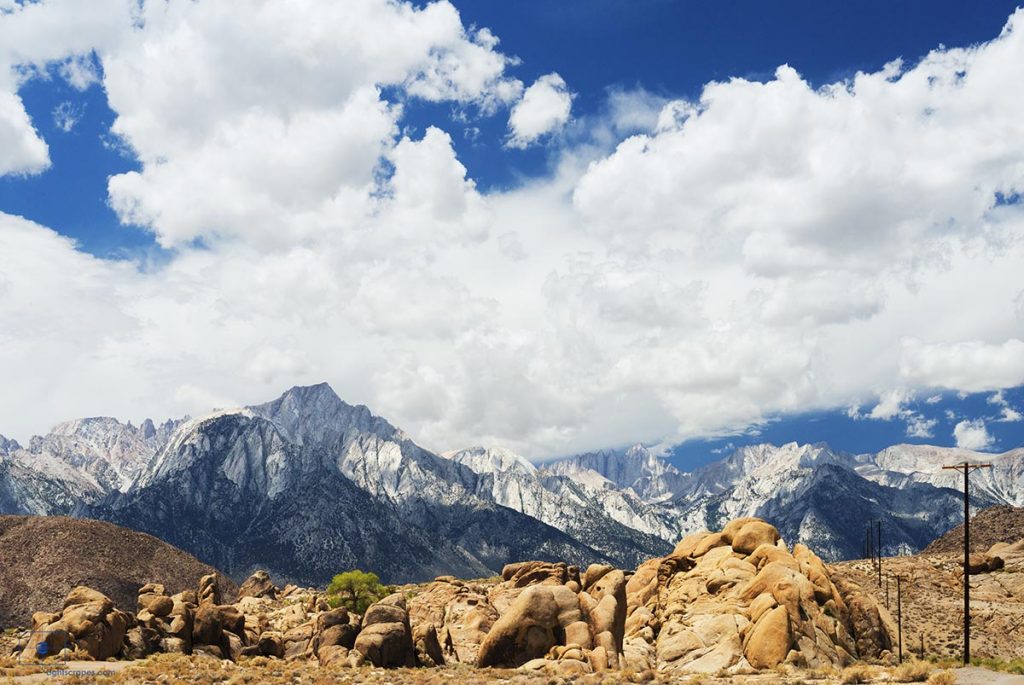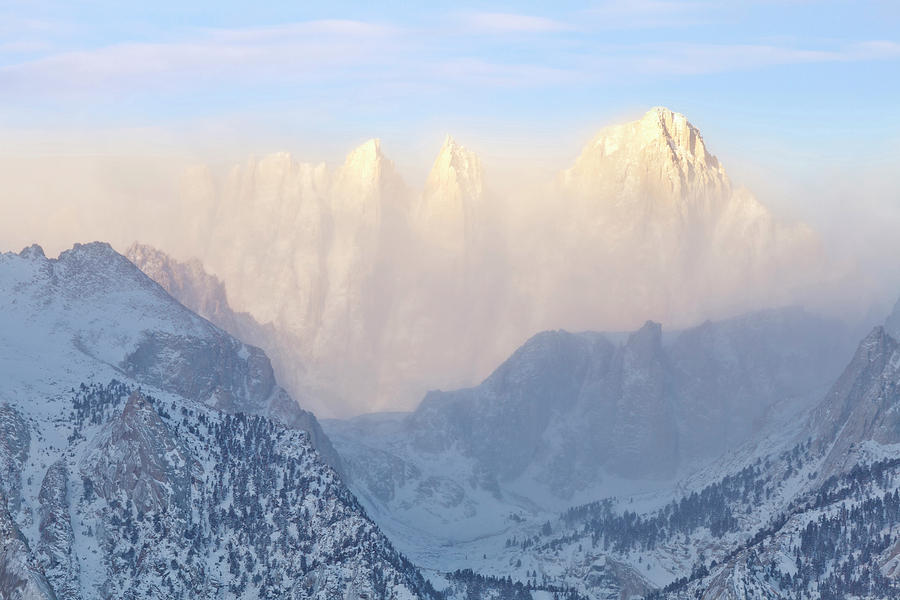
Health advisories and canceled recesses became familiar parts of their yearly routine. He and his equally educated wife, Nancy, took jobs as teachers. When something like that happens, we’re stuck breathing that air for a long time.”Įquipped with a biology degree and a love for nature, Michael Prather moved to Lone Pine in 1980 in search of wide-open spaces. “We’re in this narrow, deep valley,” Bancroft said, “so it takes the air a long time to clear up around here.

She recalled dust storms so severe, they reminded her of smoke from a bad wildfire.

“That’s why we all have breathing problems,” said Bancroft, who was diagnosed with asthma later in life. It hit the tribal communities living on Bancroft’s reservation particularly hard. It became the largest human-caused source of dangerous PM10 emissions in the nation. When the pollution did begin to blow, however, Owens Lake earned a notorious reputation. It took a few decades for the lakebed to become dust, its parched sediment satiated by a few cycles of wet weather. Owens Lake had all its water siphoned by the 1920s, after Los Angeles diverted tributary streams. And after what happened to the air quality around Owens Lake, it has many public health and environmental advocates alarmed. It’s a fate that appears all but certain to befall residents of the Wasatch Front as their own, much larger, Great Salt Lake withers away. “When I was young, yeah, it would get dusty once in a while, but the ’70s was when we got the really bad dust storms.” “It’s been dry my whole life,” said Kathy Jefferson Bancroft, the tribal historic preservation officer for the Lone Pine Paiute-Shoshone Reservation, whose ancestors have lived in the area for thousands of years. We'll be adding more details soon, but starting in fall 2021, look for changes to camping in the Alabama Hills, as we begin to implement our new Alabama Hills Management Plan.This Great Salt Lake Collaborative story is part of our series, “At water’s edge: Searching for solutions at the Great Salt Lake’s sister lakes across the Great Basin.” The in-depth project features the work of multiple journalists from multiple Utah news organizations. The BLM is making exciting changes to the Alabama Hills to improve the recreation experience for all users and to preserve this phenomenal landscape for generations to come. THE BUREAU OF LAND MANAGEMENT RELEASES ALABAMA HILLS MANAGEMENT PLAN SafetyĪpplications are now open for the 2023 Residency at Alabama Hills National Scenic Area. Located two miles south of Lone Pine, CA 93545, at the junction of U.S. 395 and State Route 136. Forest Service website.Ĭlosed: Thanksgiving Day, Christmas Day, and New Year’s Day. For up to date information please visit the Visitor Center webpage on the U.S.

Revenue from sales of these items helps support interpretative programs. The Eastern Sierra Interpretive Association (ESIA) bookstore has a comprehensive selection of books and maps of the region. Forest Service, National Park Service, Bureau of Land Management, and Eastern Sierra Interpretive Association employees, we provide visitor information for wilderness, campground, highway and weather conditions for the Eastern Sierra.

While you’re here, explore our interpretative displays, book store and native plant garden. Whitney, the highest peak in the “lower 48 states” and plan a trip to Badwater Basin in "Death Valley, the lowest place in North America.


 0 kommentar(er)
0 kommentar(er)
